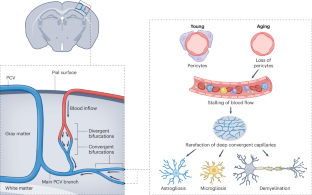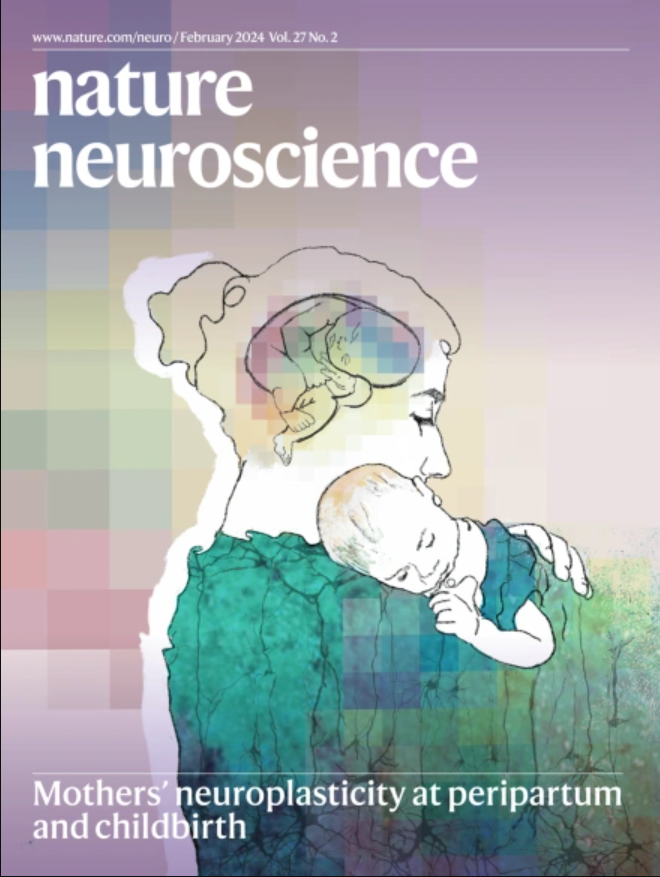人才流失使老化的髓磷脂陷入严重困境
IF 20
1区 医学
Q1 NEUROSCIENCES
引用次数: 0
摘要
在这一期中,Stamenkovic等人描述了大脑血管系统的深部体内成像,以记录其在衰老过程中的进化,该成像确定了毛细血管向大静脉汇合部位的独特脆弱性。他们认为周细胞和毛细血管不稳定导致轻度灌注不足,最终导致髓磷脂降解。本文章由计算机程序翻译,如有差异,请以英文原文为准。


The brain drain puts aging myelin in deep trouble
In this issue, Stamenkovic et al. describe deep in vivo imaging of the brain vasculature to document its evolution during aging, which identifies a unique vulnerability at the site of convergence of capillaries toward major veins. They propose that pericyte and capillary instability there cause mild hypoperfusion, ultimately leading to myelin degradation.
求助全文
通过发布文献求助,成功后即可免费获取论文全文。
去求助
来源期刊

Nature neuroscience
医学-神经科学
CiteScore
38.60
自引率
1.20%
发文量
212
审稿时长
1 months
期刊介绍:
Nature Neuroscience, a multidisciplinary journal, publishes papers of the utmost quality and significance across all realms of neuroscience. The editors welcome contributions spanning molecular, cellular, systems, and cognitive neuroscience, along with psychophysics, computational modeling, and nervous system disorders. While no area is off-limits, studies offering fundamental insights into nervous system function receive priority.
The journal offers high visibility to both readers and authors, fostering interdisciplinary communication and accessibility to a broad audience. It maintains high standards of copy editing and production, rigorous peer review, rapid publication, and operates independently from academic societies and other vested interests.
In addition to primary research, Nature Neuroscience features news and views, reviews, editorials, commentaries, perspectives, book reviews, and correspondence, aiming to serve as the voice of the global neuroscience community.
 求助内容:
求助内容: 应助结果提醒方式:
应助结果提醒方式:


